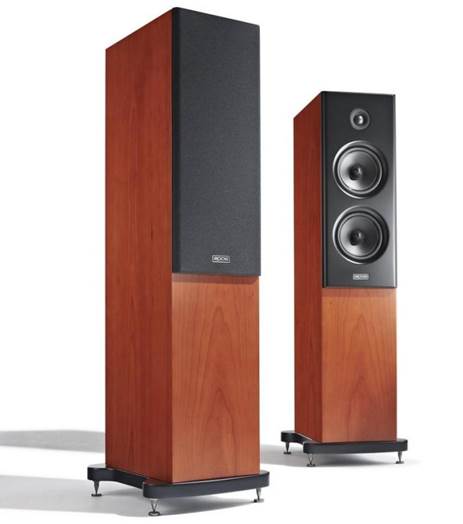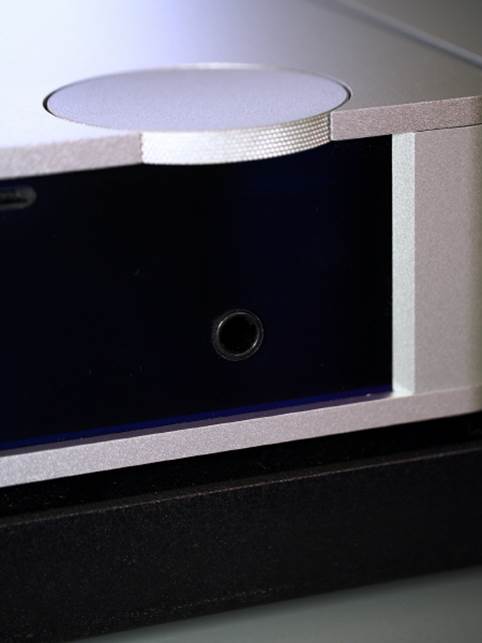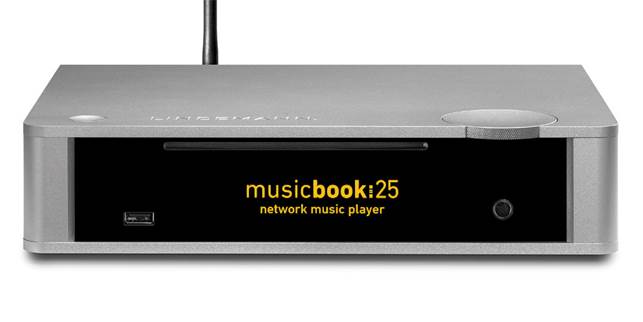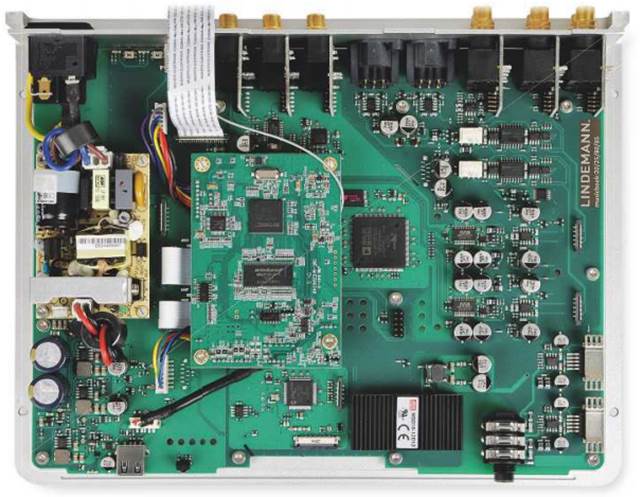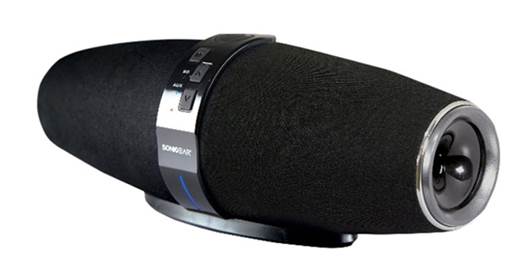Single source
With the Concept Blade prototype and the production Blade, the point-source idea of Uni-Q was cleverly extended to the complete system. Four bass units were placed on the cabinet sides in positions such that their combined acoustic centre exactly coincided with the acoustic centre of the Uni-Q driver on the front. So KEF was able to describe the Blade as the world’s ‘first Single Apparent Source loudspeaker’.
This approach isn’t followed in the Reference 5, but the 6.5 inch bass units are placed as close as possible to the Uni-Q midrange/treble unit to minimise lobeing and interference dips at the crossover point. With bass units above and below the Uni-Q, this resembles a D’Appolito array, but not with the usual arrangement of two bass/mid units crossing over to a single tweeter. In this case, because the relevant (bass to mid) crossover frequency is much lower, the wavelength at crossover is very much longer than the spacing of the drivers, so any interference dips in the response will be well off any possible listening axis.
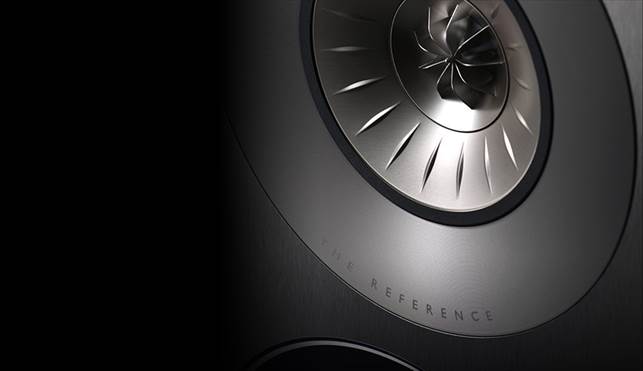
With bass units above and below the Uni-Q, the KEF Reference 5 resembles a D’Appolito array
Also, KEF points out, the apparent acoustic source does not shift away from the position of the Uni-Q driver at any point in the frequency range. Rather than a conventional cone, the bass diaphragm is a shallow aluminium disc, which gives the driver a lower profile and ensures a minimal effect on the frequency response of the midrange and tweeter. Connecting the back of this diaphragm to the very large-diameter voice coil is a vented coupler, an innovation first developed for the Blade. Air can move very freely away from the back of the diaphragm, between the ‘spokes’ of the coupler and right out to the back of the magnet assembly through the large venting hole.
As you’d expect, the Reference 5 speakers are massively constructed, and they come with heavy steel platforms which provide outrigger mountings for the spiked feet. Internally, the cabinet is comprehensively braced but makes use of a technology that originated from the development of the small, EISA Award- winning LS50 – KEF’s Uni-Q-based answer to the BBC LS3/5A.
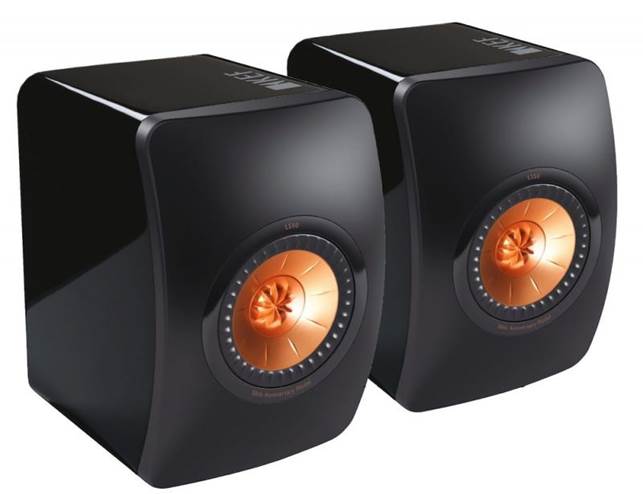
EISA Award-winning KEF LS50’s technology is the original of the cabinet in KEF Reference 5
For the Reference 5, the drivers are braced by the internal structure but connected to it via a lossy damping material. Similarly, the front baffle is in aluminium laminated with resin, connected resiliently to the high-density wood cabinet using high-loss pads.
Both the Reference 3 and 5 are bass-reflex loaded by two rear ports, but KEF provides a choice between two different bass tunings. Two sets of foam port liners are provided, one long and one short. While the long ports give a smooth and gentle bass roll-off, the short port gives a more extended bass response, albeit at the expense of some loss of accuracy in transient response.
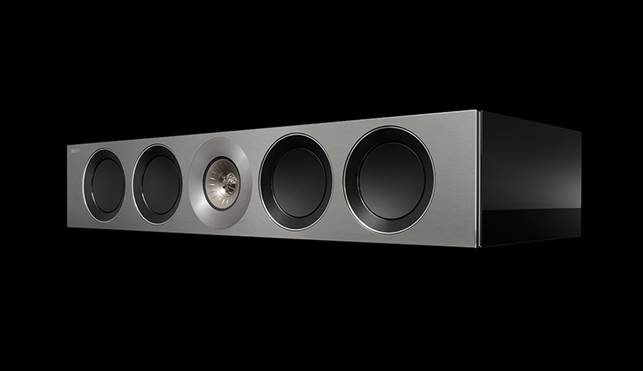
This big and tall speaker has really been made as slim as possible, with its array of four 165mm aluminium-coned bass drive units flanking a new 125mm version of KEF’s famous Uni-Q combined midrange and treble unit
It’s suggested that the long ports are likely to be preferred with the speaker near walls, and the short one when it is further out in the room.
Finally, while the array of rear-panel connectors might look like something you’d find in an upmarket bathroom centre, it does make the loudspeaker very easy to wire up. Four heavy-duty chromed terminals provide for bi-wiring, while the two smaller ‘taps’ in between are turned to make or break the internal links that allow for single wiring.
